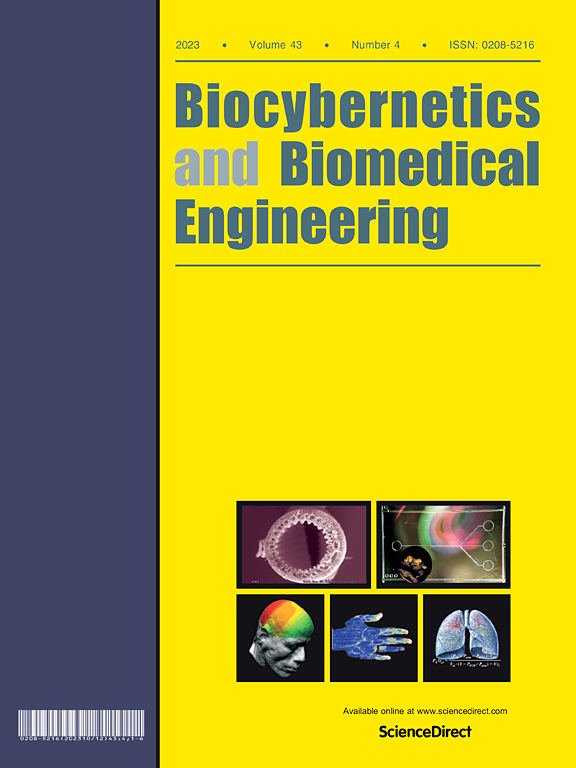A sepsis diagnosis method based on Chain-of-Thought reasoning using Large Language Models
IF 6.6
2区 医学
Q1 ENGINEERING, BIOMEDICAL
引用次数: 0
Abstract
Sepsis is a severe infectious disease with high incidence and mortality rates globally. Early diagnosis of sepsis is crucial for improving patient outcomes. Previous diagnostic methods heavily relied on subjective clinical experience, while the machine learning-based methods can only learn knowledge from a specific dataset. Recently, the rapid development of Large Language Models (LLMs) has significantly enhanced various downstream dialogue tasks by leveraging prior semantic knowledge. Therefore, it is of great interest to explore the potential of LLMs in sepsis diagnosis. This study proposed an early sepsis diagnosis method based on the Chain of Thought (CoT) reasoning using LLMs. First, the clinical data of a patients were transformed into a textual representation to form the prompt. Subsequently, a CoT was created to simulate the reasoning process of human medical experts and utilized the prior semantic knowledge in LLMs to achieve sepsis diagnosis. The proposed method was validated using real clinical data, demonstrating high classification performance with an accuracy of 0.87, recall of 0.98, and F1 score of 0.88. These metrics showed an improvement in F1 score by 7 to 8 percentage points compared to commonly used machine learning classifiers. The experimental results indicated that the proposed method can enhance the performance of early sepsis diagnosis, and the introduction of CoT enhanced the interpretability of diagnostic results, contributing to the application of LLMs in clinical diagnosis.
基于大语言模型思维链推理的败血症诊断方法
败血症是一种严重的传染病,在全球的发病率和死亡率都很高。败血症的早期诊断对改善患者预后至关重要。以往的诊断方法严重依赖主观临床经验,而基于机器学习的方法只能从特定数据集中学习知识。最近,大语言模型(LLMs)得到了快速发展,通过利用先前的语义知识,大大增强了各种下游对话任务。因此,探索 LLM 在脓毒症诊断中的潜力非常有意义。本研究利用 LLMs 提出了一种基于思维链(CoT)推理的败血症早期诊断方法。首先,将患者的临床数据转化为文本表示,形成提示。随后,创建了 CoT 来模拟人类医学专家的推理过程,并利用 LLMs 中的先验语义知识来实现败血症诊断。利用真实临床数据对所提出的方法进行了验证,结果表明该方法具有很高的分类性能,准确率为 0.87,召回率为 0.98,F1 分数为 0.88。这些指标表明,与常用的机器学习分类器相比,F1 分数提高了 7 至 8 个百分点。实验结果表明,所提出的方法可以提高脓毒症早期诊断的性能,CoT的引入增强了诊断结果的可解释性,有助于LLM在临床诊断中的应用。
本文章由计算机程序翻译,如有差异,请以英文原文为准。
求助全文
约1分钟内获得全文
求助全文
来源期刊

Biocybernetics and Biomedical Engineering
ENGINEERING, BIOMEDICAL-
CiteScore
16.50
自引率
6.20%
发文量
77
审稿时长
38 days
期刊介绍:
Biocybernetics and Biomedical Engineering is a quarterly journal, founded in 1981, devoted to publishing the results of original, innovative and creative research investigations in the field of Biocybernetics and biomedical engineering, which bridges mathematical, physical, chemical and engineering methods and technology to analyse physiological processes in living organisms as well as to develop methods, devices and systems used in biology and medicine, mainly in medical diagnosis, monitoring systems and therapy. The Journal''s mission is to advance scientific discovery into new or improved standards of care, and promotion a wide-ranging exchange between science and its application to humans.
 求助内容:
求助内容: 应助结果提醒方式:
应助结果提醒方式:


